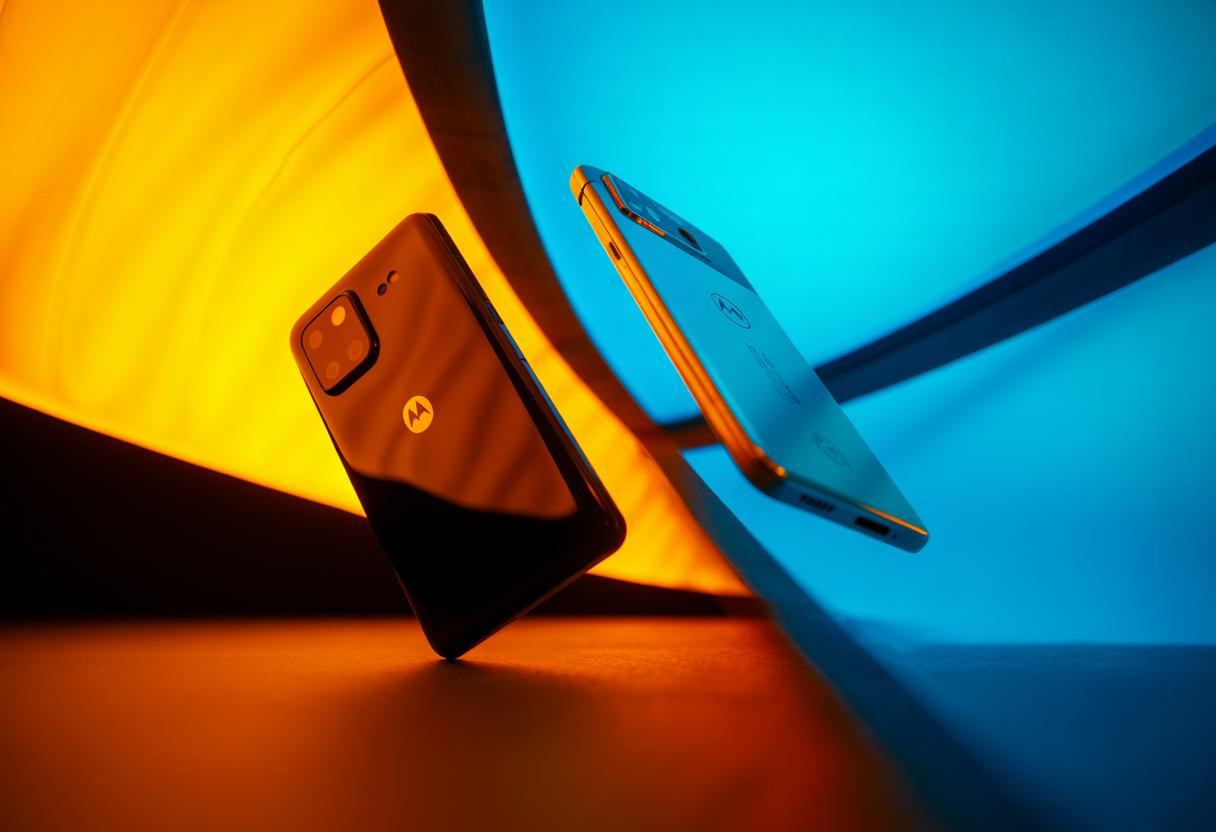The battle between Google’s upcoming Pixel 10 series and Motorola’s Razr Ultra 2025 represents a pivotal moment in smartphone evolution, where artificial intelligence meets foldable innovation in ways that could reshape how we interact with mobile technology. While most consumers focus on surface-level specs, the real story lies in two dramatically different visions for the future of computing in your pocket.
These aren’t just incremental updates—they’re strategic declarations of war in the premium smartphone arena, each targeting distinctly different user needs with radically opposing philosophies on what makes a phone truly intelligent.
Revolutionary chip architectures redefine mobile performance standards
Google’s Tensor G5 chip, manufactured by TSMC using a cutting-edge 3nm process, delivers something unprecedented: true on-device AI processing that eliminates the privacy concerns of cloud-based features. This isn’t just about faster performance—it’s about fundamentally changing how your phone understands and responds to your needs.
The chip supports 4K 60fps HDR video recording, a significant jump from previous 30fps limitations, while managing heat more efficiently than any previous Tensor processor. This thermal improvement addresses one of the biggest complaints about earlier Pixel models, particularly during intensive AI tasks.
Meanwhile, the Razr Ultra’s Snapdragon 8 Elite takes a different approach, focusing on ecosystem integration rather than isolated processing power. With 16GB of RAM and up to 1TB storage, it’s designed to seamlessly juggle multiple AI chatbots—Perplexity, Microsoft Copilot, Meta Llama, and Google Gemini—simultaneously without performance degradation.
The AI integration battlefield reveals surprising strategies
Google prioritizes creativity tools that work entirely offline: Video Generative ML for intuitive editing, Speak-to-Tweak for voice-controlled photo adjustments, and Sketch-to-Image that transforms simple drawings into detailed visuals. These features represent a privacy-first approach that keeps your personal data on your device.
Motorola’s strategy seems counterintuitive but brilliant—instead of building one perfect AI, they’ve created a platform where specialized AI services compete for your attention. This approach, similar to how PlayStation 5 optimizes different gaming experiences, allows users to choose the best AI tool for each specific task.
Pricing strategies reveal hidden market disruption plans
The most shocking revelation isn’t in the specs—it’s in Google’s pricing strategy. The Pixel 10 Pro Fold at $1,599 represents a $200 price cut from previous foldable models, while the base Pixel 10 starts at just $799 with features previously reserved for Pro models, including a telephoto camera.
This aggressive pricing puts Google in direct competition with Apple’s rumored ultra-thin designs, particularly as Apple’s new 5.5mm iPhone 17 Air sacrifices battery life for form factor. Google’s approach prioritizes functionality over aesthetics, betting that consumers value AI capabilities over millimeter-thin profiles.
Motorola’s $1,300 Razr Ultra positions itself as the premium compact alternative, challenging Samsung’s Galaxy Z Flip 6 dominance with superior specs: a massive 4,700mAh battery, 68W fast charging, and that crucial 16GB RAM configuration that enables true multitasking between AI services.
Design philosophies expose fundamental user experience differences
The Razr Ultra’s strengthened hinge—featuring 4x durability improvements—addresses the primary concern about foldable longevity. Its 7-inch pOLED display when unfolded provides genuine tablet-like productivity, while the compact folded form factor fits comfortably in any pocket.
Google’s Pixel 10 series maintains traditional slab designs but integrates AI so deeply into the interface that the phone essentially learns your photography preferences and editing style. Features like Magic Mirror for selfie enhancement and Cinematic Blur for professional lighting effects happen automatically, requiring minimal user input.
The sustainability factor often gets overlooked
Both companies are making durability improvements that extend device lifecycles. The Razr’s enhanced hinge design and Google’s more efficient 3nm chip architecture reduce the need for frequent replacements, though neither company explicitly markets these environmental benefits.
Future implications for mobile computing productivity
The integration of Microsoft Copilot in the Razr Ultra signals a significant shift toward mobile-first productivity workflows. This mirrors trends we’re seeing in other computing devices, where productivity optimization becomes crucial for limited space, making every interaction more efficient.
Google’s approach focuses on creative professionals who need powerful on-device processing for content creation, while Motorola targets business users who require seamless integration with existing productivity ecosystems.
The camera capabilities also diverge significantly—while Google emphasizes computational photography and AI-enhanced editing, similar to Samsung’s approach to high-resolution photography, Motorola prioritizes versatility with its 50MP triple-camera system designed for various foldable configurations.
The verdict reveals surprising market realities
Neither device will dominate universally—and that’s exactly the point. Google’s Pixel 10 series represents the future of AI-native smartphones for users who prioritize privacy and creative capabilities, while Motorola’s Razr Ultra offers the most compelling foldable experience for productivity-focused users who want cutting-edge design without sacrificing functionality.
The real winner might be consumers, who finally have genuinely different flagship options that excel in distinct areas rather than offering nearly identical feature sets with minor variations.
